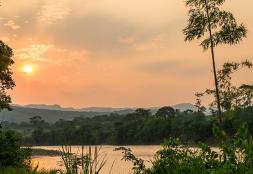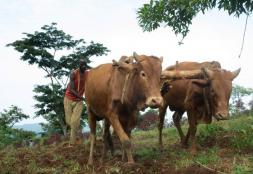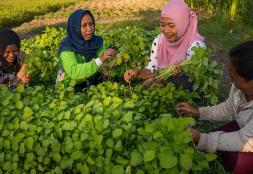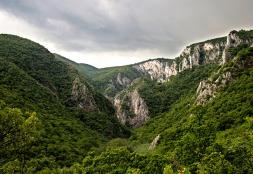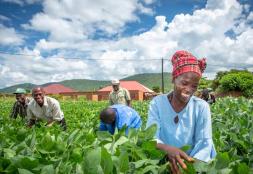ISFL provides technical assistance for emissions-reduction programs that impact multiple sectors of the economy, as well as results-based payments to incentivize and sustain program activities.
ISFL programs also serve as in-country strategic engagement platforms to mobilize, coordinate, and scale up funding from different sources. The ISFL is focused on synchronizing multi-sector, multi-partner land-use interventions from both the public and private sectors to maximize positive results.


